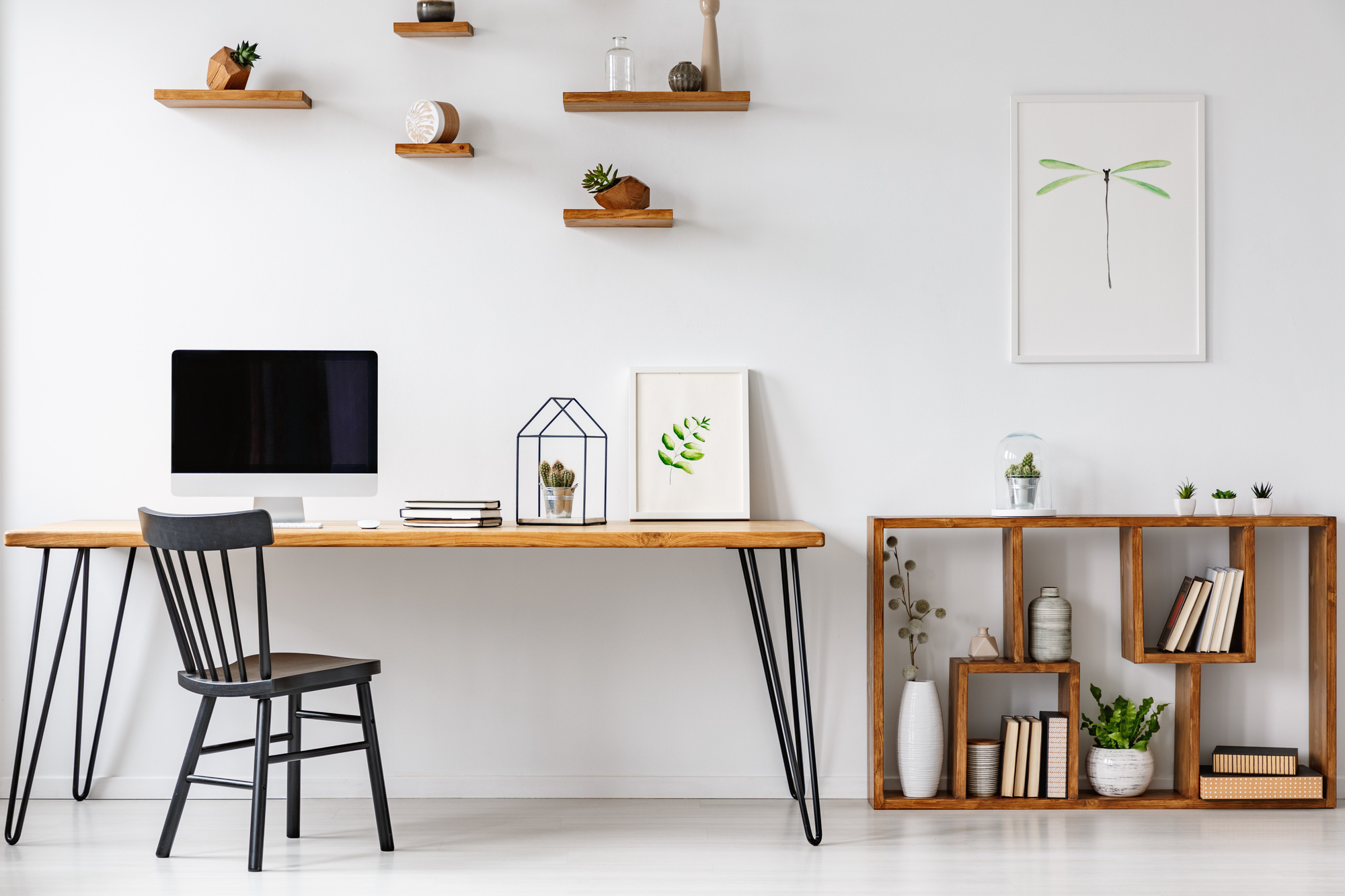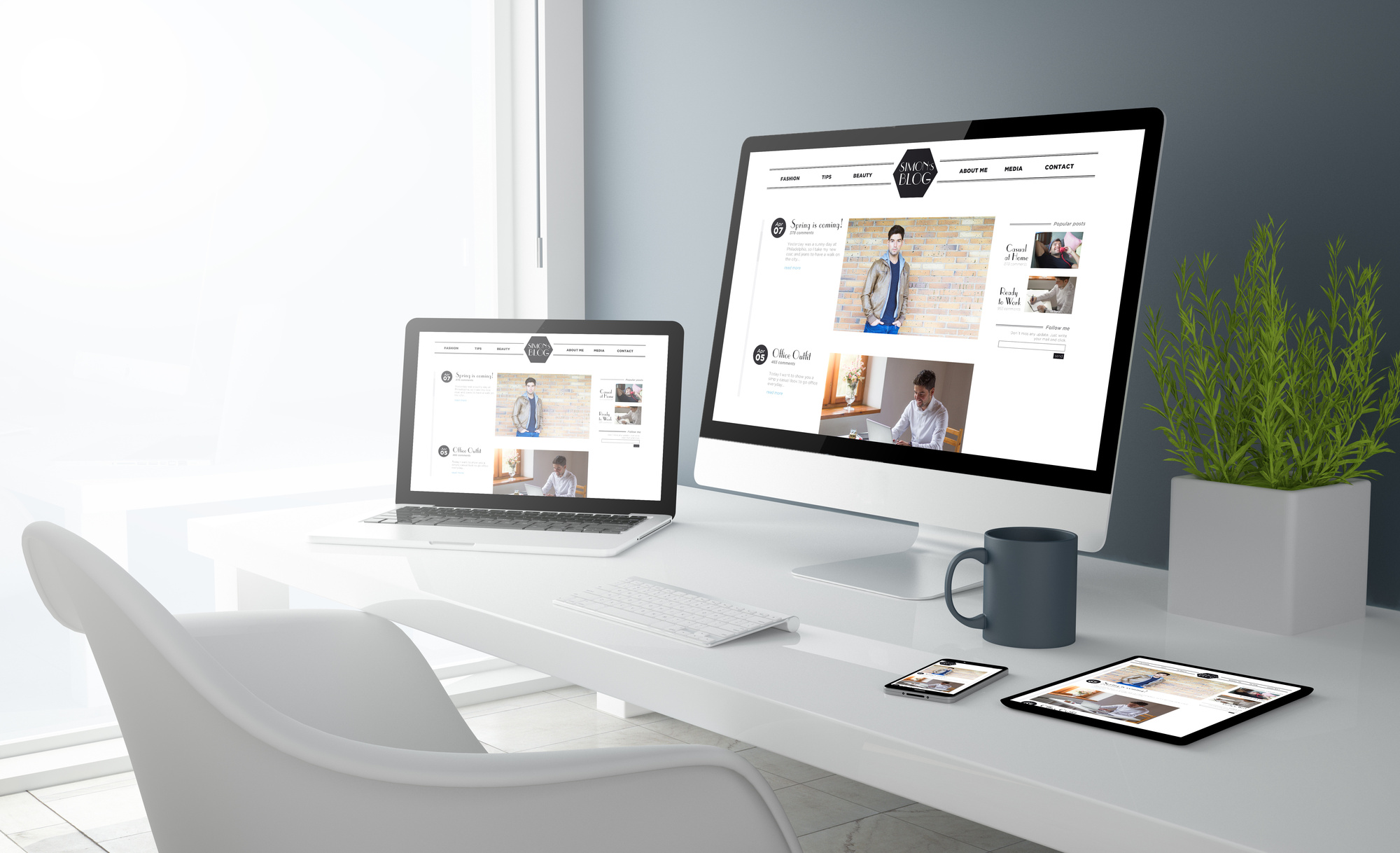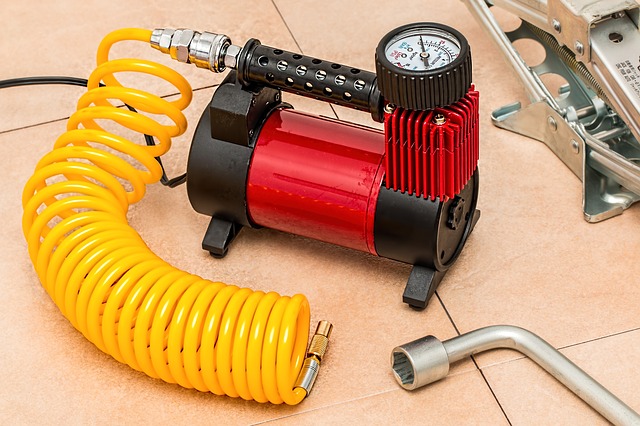Compared to physical retailers, e-commerce shopping is incredibly competitive. Considering the fact that a majority of consumers begin online shopping with Amazon, it can feel like an uphill battle.
After all, what do you do in the face of online behemoths like Amazon or Google? How do you compete with our own e-shopping experience, especially if you’re just starting out or a small business?
The fact is that you have to use every tool in your arsenal from design, functionality, engagement, and beyond. Today, we’ll take a look at some of the best online shopping website designs to pull in customers and rake in sales like never before.
Aesthetic Designs
The first thing we want to talk about is something that doesn’t necessarily even translate to direct sales (although, it kind of does).
You need to be at least somewhat concerned with the aesthetics of your e-commerce website. While you may be more concerned with the numbers–how many products you’re moving, overall profits, etc.–it’s important to not forget the looks.
Attractive designs in retail are what ultimately pulls customers in the door. When you’re browsing a mall or a shopping center, what finally makes you take a step inside?
Sure, if you’re on a mission for a particular product or already have a favorite store, you may be gung-ho to visit one store only. But what about when you’re browsing?
The look of a store is crucial. Is the entrance bright and fluorescent like an office cubicle? Is it dimly lit like a comfy home?
What music is playing? How are products shelved, displayed, etc.?
These are all things that physical retailers consider, and so should you when considering web page design.
Take Alice + Whittles, an online clothing retailer, for example. Consider the aesthetics you’re greeted with right on the homepage.
The best online shopping website is clean and simple with beautiful photography, clearly delineated sections, and proud display of the product. It’s sophisticated and to the point without being overly boring.
And that’s not necessarily true for every e-commerce website. Some may be goofy, ironic, or busy, but regardless of what it is, it needs to fit the aesthetics of your product(s) to the best of your ability.
Intuitive Functionality
While the aesthetics of your website are important for getting people through “the door,” intuitive functionality is what keeps them there.
There’s nothing more frustrating and confusing about online shopping than having a tough time finding what you’re looking for.
Consider the example of shopping at a mall again. Let’s say you have a favorite store in mind, you walk in, it’s beautifully lit, the music is pleasing, and you’re looking for a medium-sized black button-down shirt.
You find the shirt section, but you realize that medium shirts aren’t where they’re supposed to be–between small and large. You also see that they’re not even grouped up by colors or shades.
Maybe the product you’re looking for isn’t even in the right place. It’s the located in the back next to pants and jeans for some reason.
What would you do? You’d probably be so annoyed you’d just give up and walk right out.
The same is true for website designs in online shopping.
Easy Searching
Your website should absolutely have a search function, but it should also be easy to use.
This means that people can search for exactly what they’re looking for. For example, a customer should be able to search for not just “Tupperware” but “red plastic Tupperware 7-piece set.”
No matter how specific their needs are, your search function should be able to get them there quickly. And the search bar should be clearly identifiable on every single page.
Proper Classification
Maybe the customer isn’t 100 percent certain what they’re looking for. Maybe they’d rather browse a little first.
The hierarchy of your e-commerce site should be intuitive and easy to navigate.
Take this website, for example. Yogibo sells family-friendly furniture and products, but their website is clearly marked where you need to go based on what you’re looking for.
Furniture, accessories, sales, pillows, home decor, etc. are all laid out and you know exactly what to click based on what you want. If you click on “furniture,” you’re not going to find pillows.
And even within those sections, the user interface allows you to specify your search even more. If you click “pillows,” you can also further choose from body pillows, back pillows, throw pillows, and more.
Basically, you can allow the customer to browse from big-picture concepts to specific and niche categories. But regardless of where the customer is on the website, your design will clearly let them know where they are, where they’ve been, and where they need to go.
Make it Easy
Finally, don’t make it hard on customers to shop with you.
If you were in a physical store, would you appreciate hoops to jump through? If you were told the only way you could buy that T-shirt is if you filled out a 10-minute survey and mailed away for membership, would you buy the shirt or walk out?
Memberships can be a great idea. It can create brand loyalty and repeat customers, but it can also deter people from shopping with you entirely if you require it for every purchase.
Allow customers to purchase items as guests if they’d like without having to become a registered member.
Also, be sure to accept as many forms of payment as possible:
- Bank cards
- PayPal
- Venmo
- Google Wallet
- Apple Pay
- Cryptocurrency
- etc.
You may not be able to have all of these but get as many as you can. The least amount of obstacles in the customers’ way means the more likely they’ll shop with your e-commerce website.
Crafting the Best Online Shopping Website
The competition is fierce in the e-shopping industry, but using every tool at your disposal to craft the best online shopping website will help.
When everyone these days seems to turn to only a handful of sources for online shopping, you need to do everything you can to stand out and make it easy for the customer.
If you’d like to learn more about creating, updating, and maintaining a top-of-the-line website, check out some more of our web design tips!











